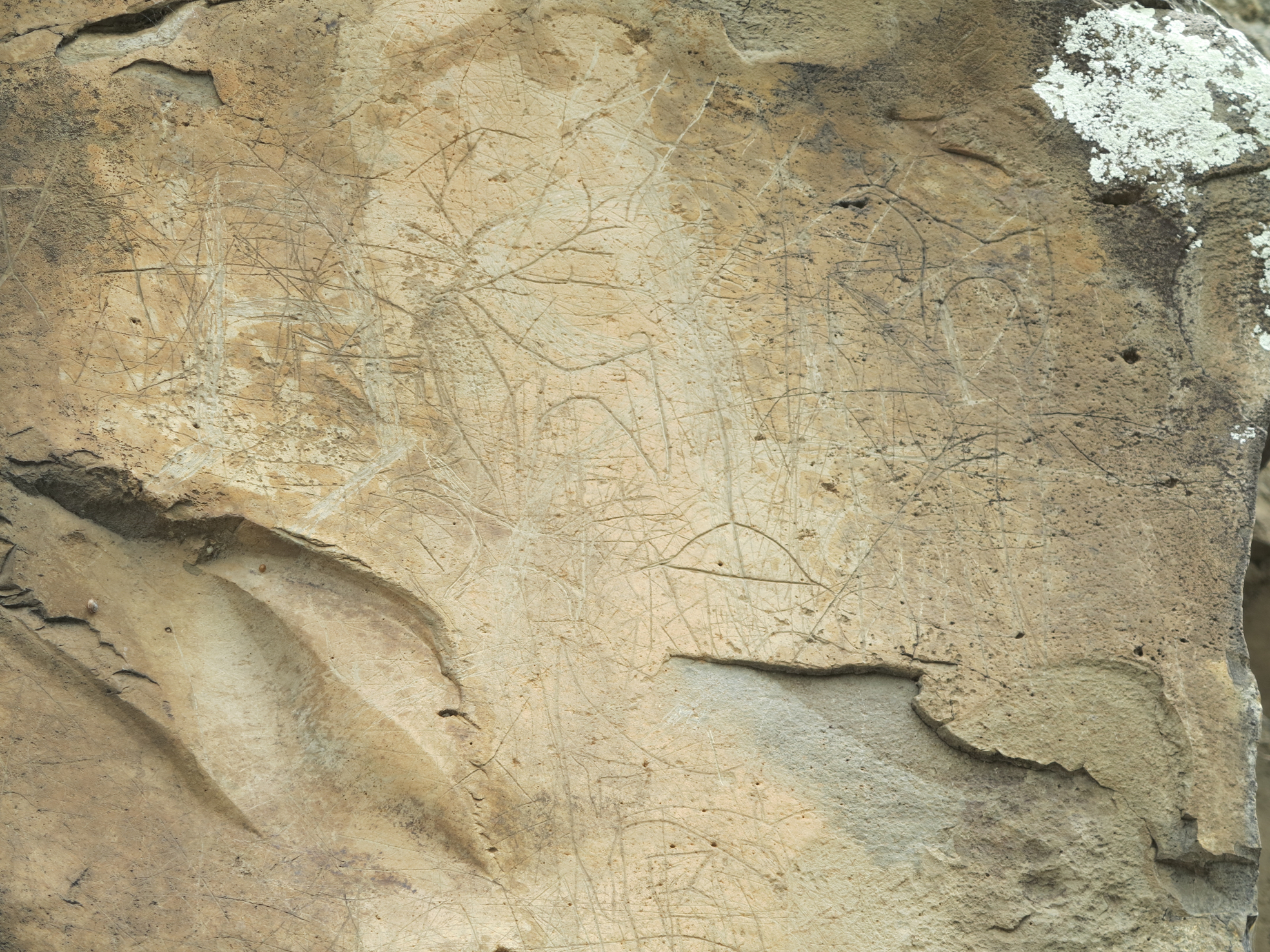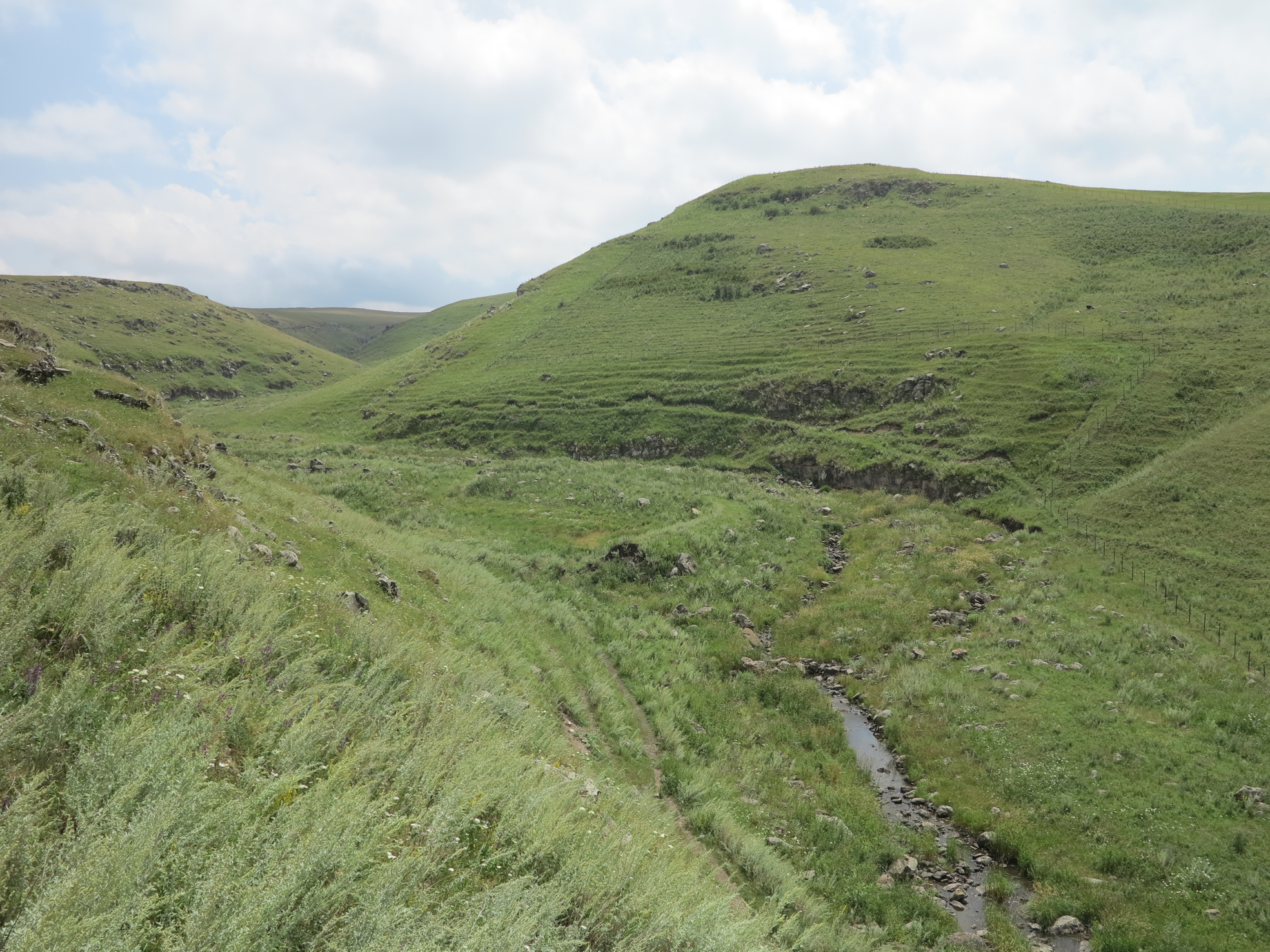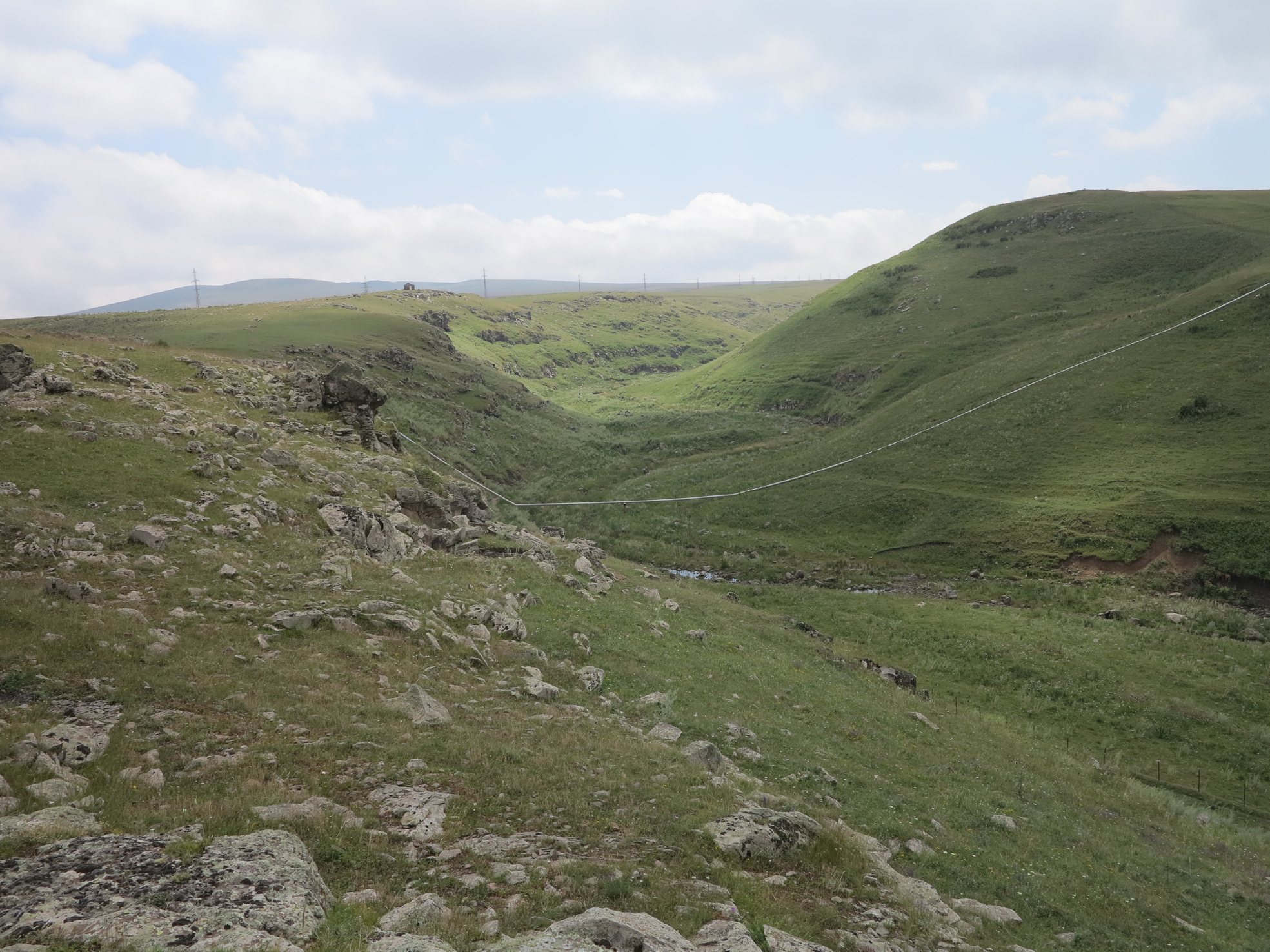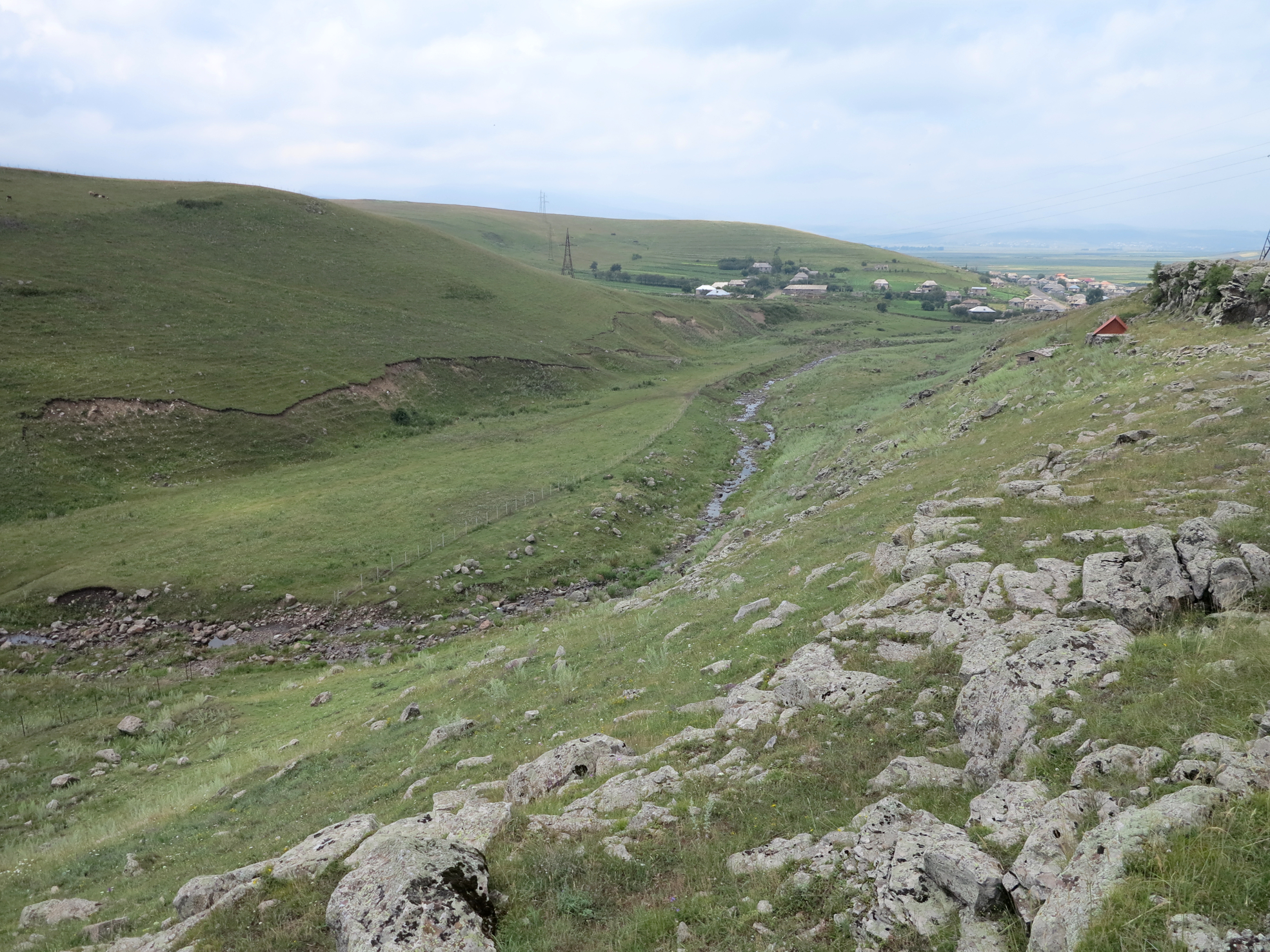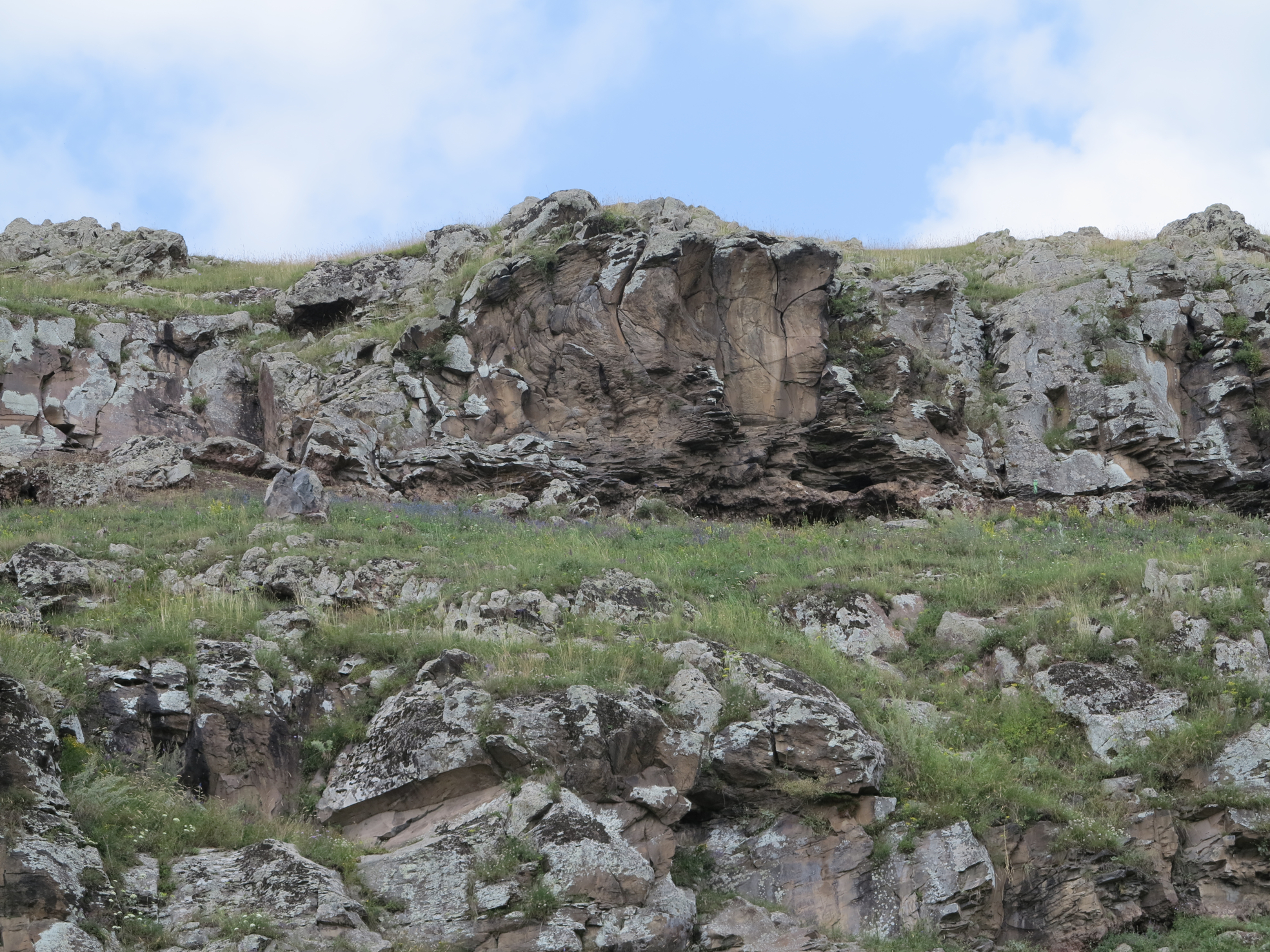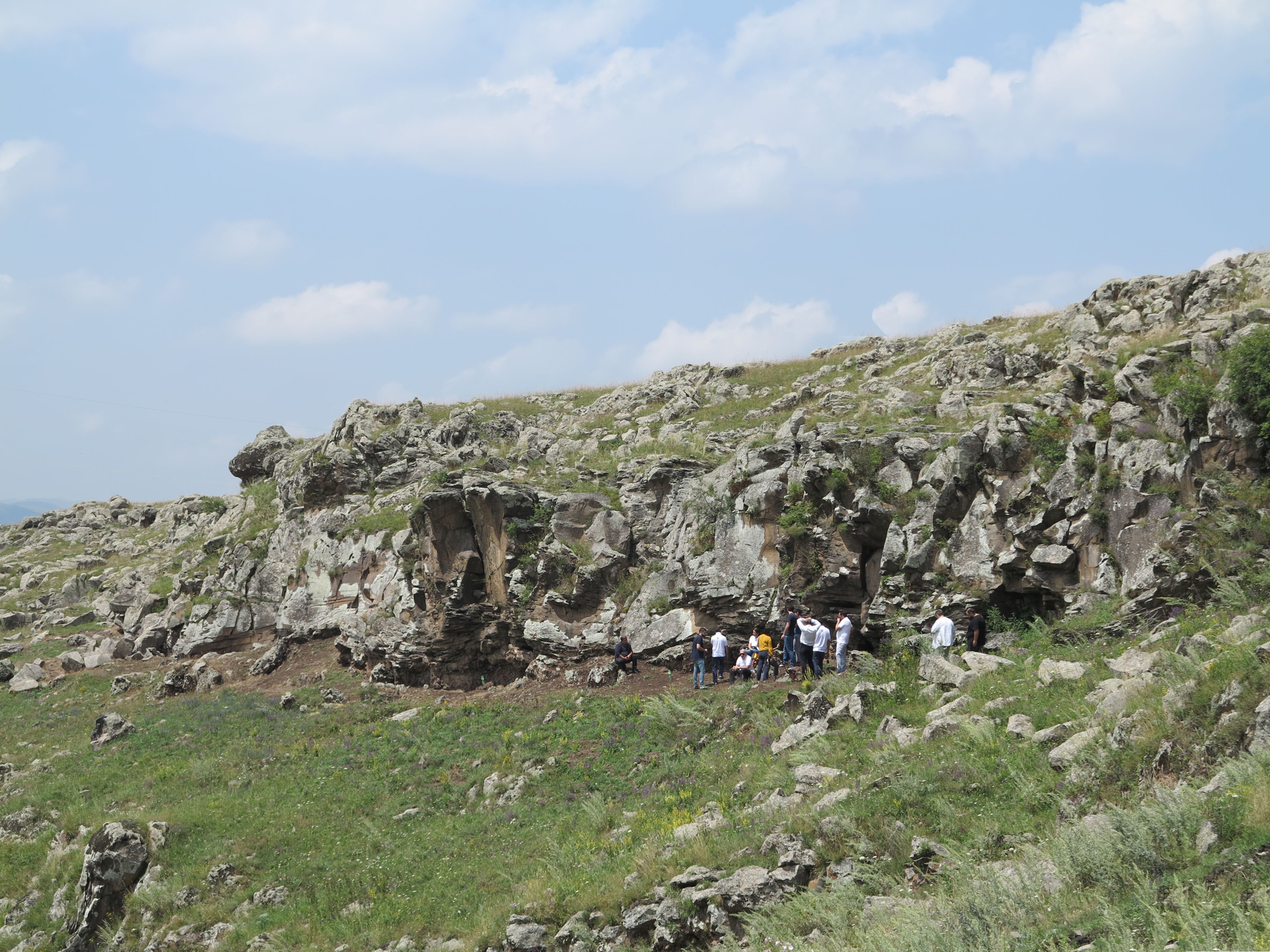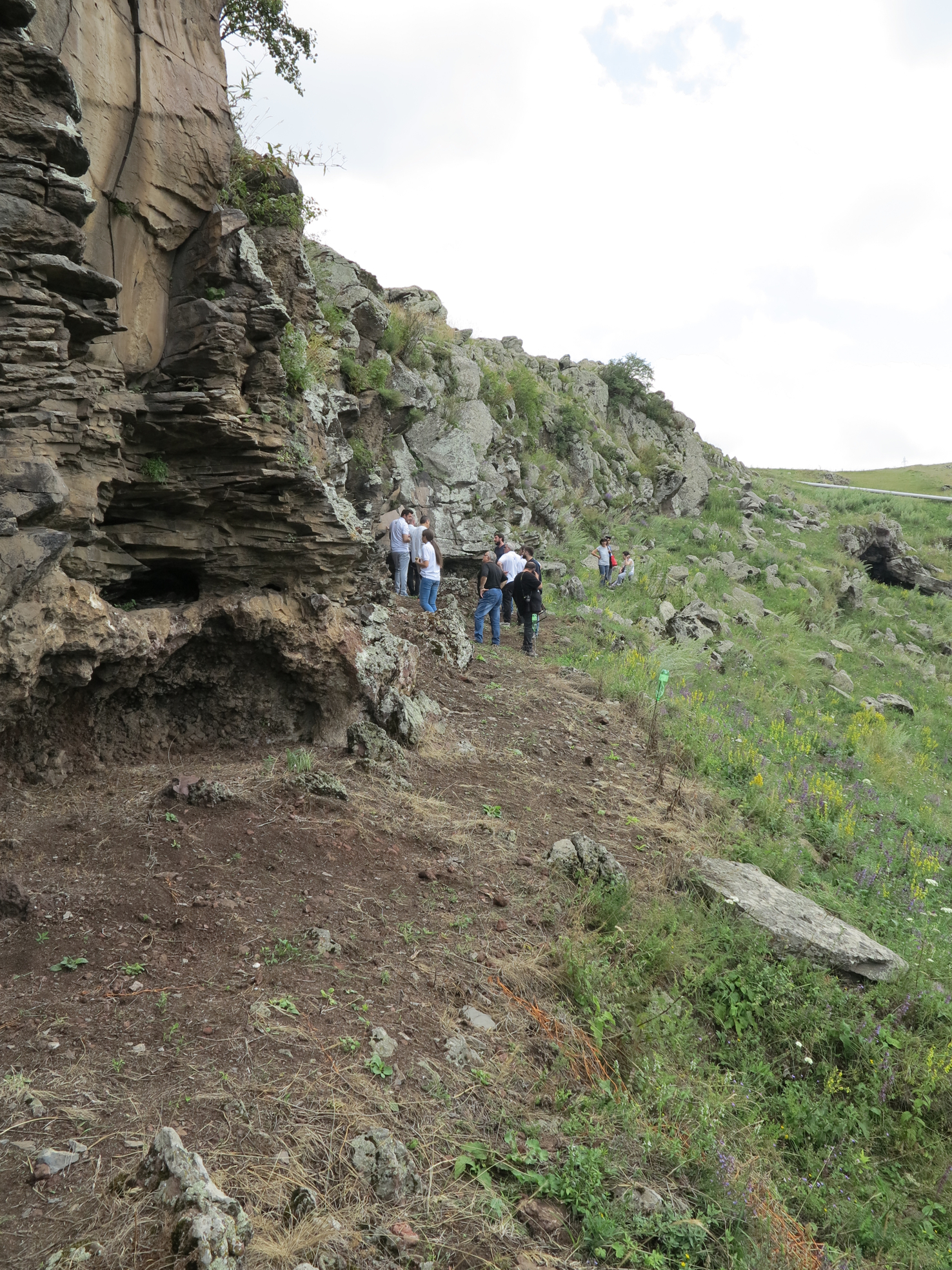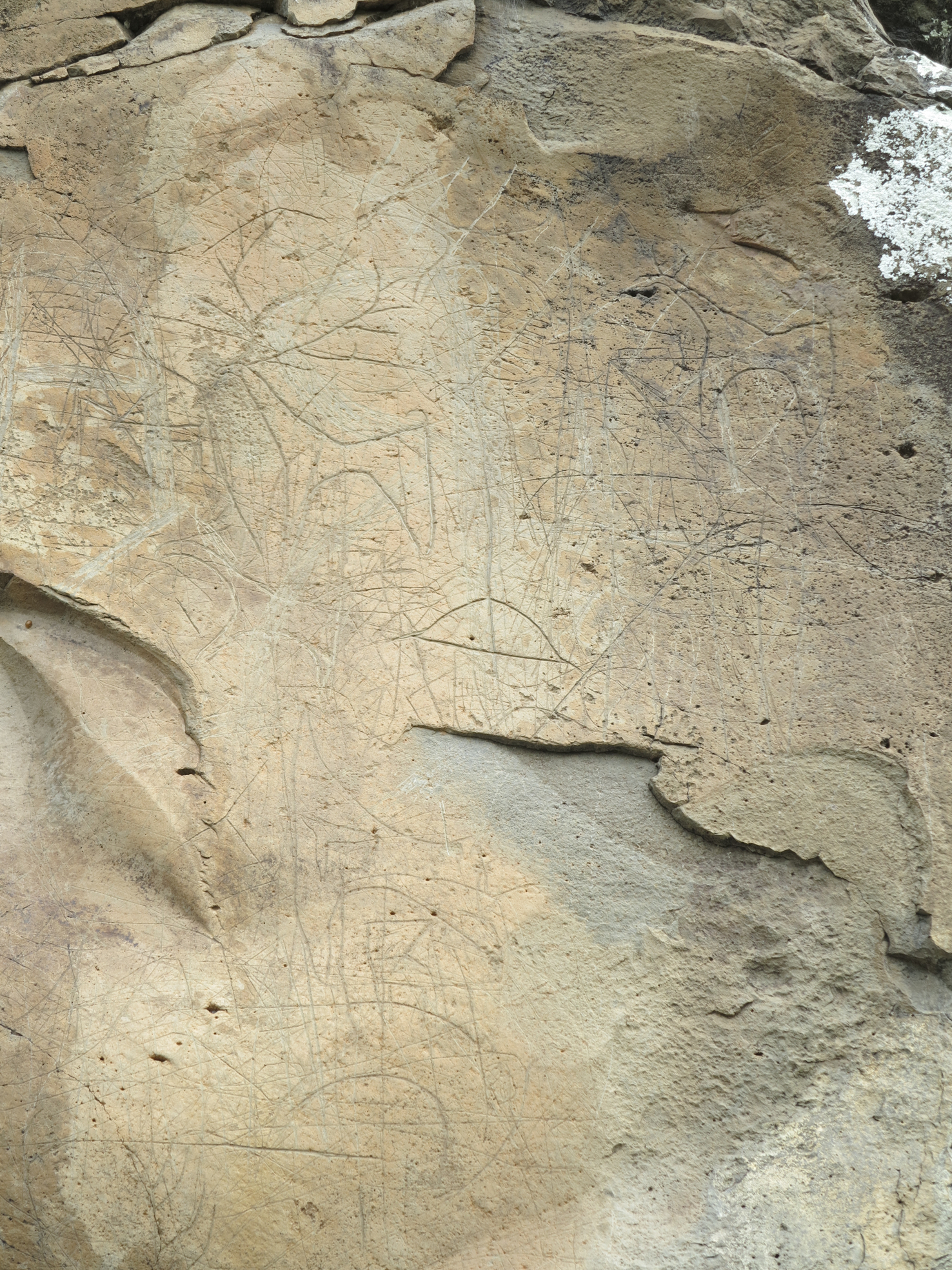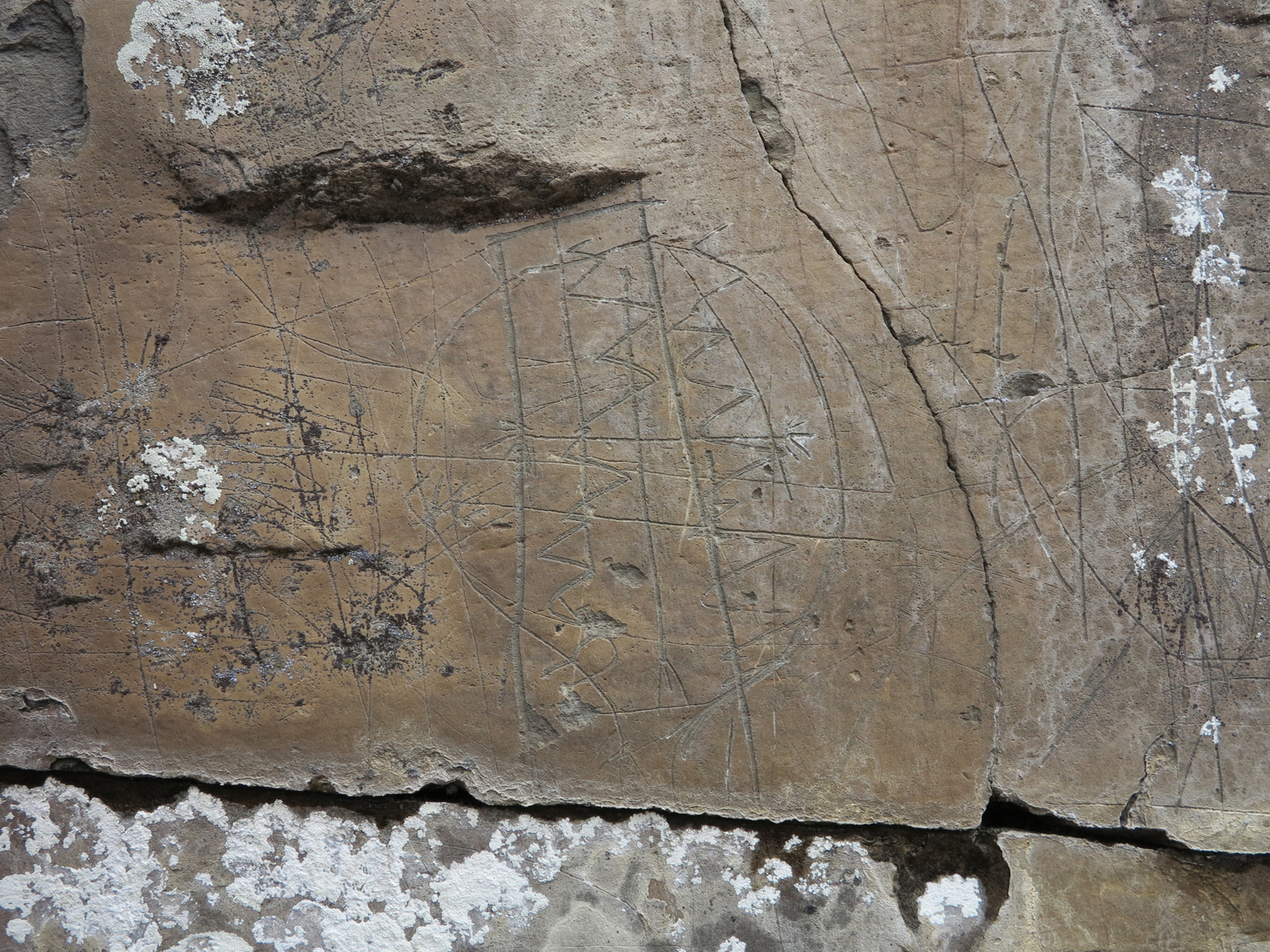Type of site:
Rocky outcrops
Place of location: The place is located in the gorge of Avdari River, tributary river of Ktsia River, close of the village of Gantiadi.
Village/Town: Gantiadi
Municipality: Tsalka ()
Region: Kvemo Kartli
State: Georgia
Telephone: (+995)591006962/(+995)591614007
Website: http://culturalroutes.gov.ge/News/trialetis-petroglifebi.aspx?lang=en-US
E-mail: geomuseums@gmail.com
Natural Environment:
Kvemo Kartli region is located in eastern Georgia and it is bordered by the ridges of Trialeti, Javakheti and Bambak-Yerevan. It is located in the semi-desert, arid subtropical and mountainous alpine zone. Its landscape consists of fields and forests. The largest rivers of Kvemo Kartli are Mtkvari, Khrami and Algeti. There are many lakes and water reservoirs in the region. There is a humid subtropical and subtropical-continental climate in the plain of Kvemo Kartli. The temperate in Javakheti ridge is moderately humid, while in Tsalka region (where the site it is located) it is moderately humid to dry subtropical. The average annual temperature in the region is 15.3. The average temperature in January is 4 ℃ and in July it is 25.2 ℃.
Archaeological evidences in the site:
The gorge where the site is located consists of four pseudo-terraces. Their origination can be explained by non-uniform washing of four basaltic andesite lava flows developed in late Pleistocene and the rocks between them that are less resistant to erosion. In the basis of the fourth lava flow of the pseudo-terraces there are the caves, between them, on irregular smooth basaltic andesite surfaces, under the moss and scabies there were discovered the engraved geometrical, zoomorphic and anthropomorphic images – petroglyphs. These petroglyphs are grouped on the rock massif in a form of small panel pictures. There were identified six such panel pictures. Length of the panel pictures on the cliff surface is about 50 m. Few figures are engraved in the areas between these panel pictures. The pictures mostly contain the images of local fauna: noble deer, roebuck, hoarse. Together with them there can be found the cave lion, camels, “fantastic” and hybrid animals, snakes, birds, fish etc. Among the geometrical images, there are square meshes, crosses and the sun with the sunrays. There are also the strokes of different sizes and depths. There are also the images of entrapped animals. Anthropomorphic figures are represented in a form of three small men with the arches. The pictures are quite small (approximately between 2.5 cm and 18-20 cm), mostly of 1-2 mm width and depth. In aggregate, there were found about one hundred engraved pictures, among which there are the partial pictures of the animals. The schematic simply crafted figures are easily identifiable as the characteristic configurations and nuances depicting their details were captured very skillfully. Fauna depicted in the petroglyphs has been dominating in the region from the upper Pleistocene to middle Holocene and, supposedly, was the key object of hunting for the people of the small gorge.

